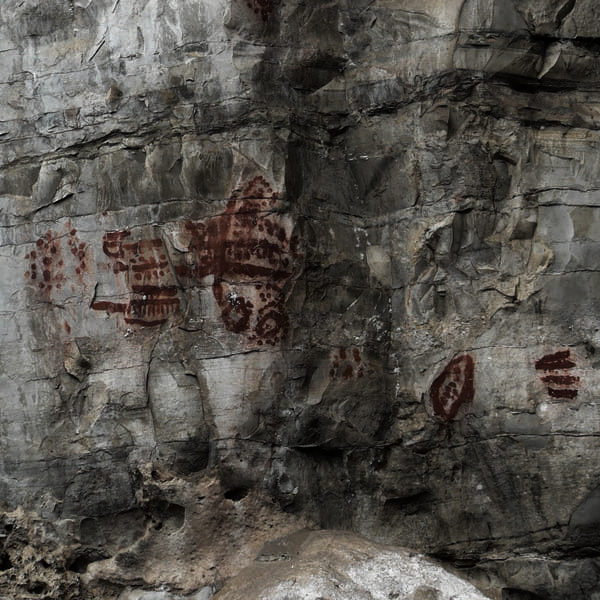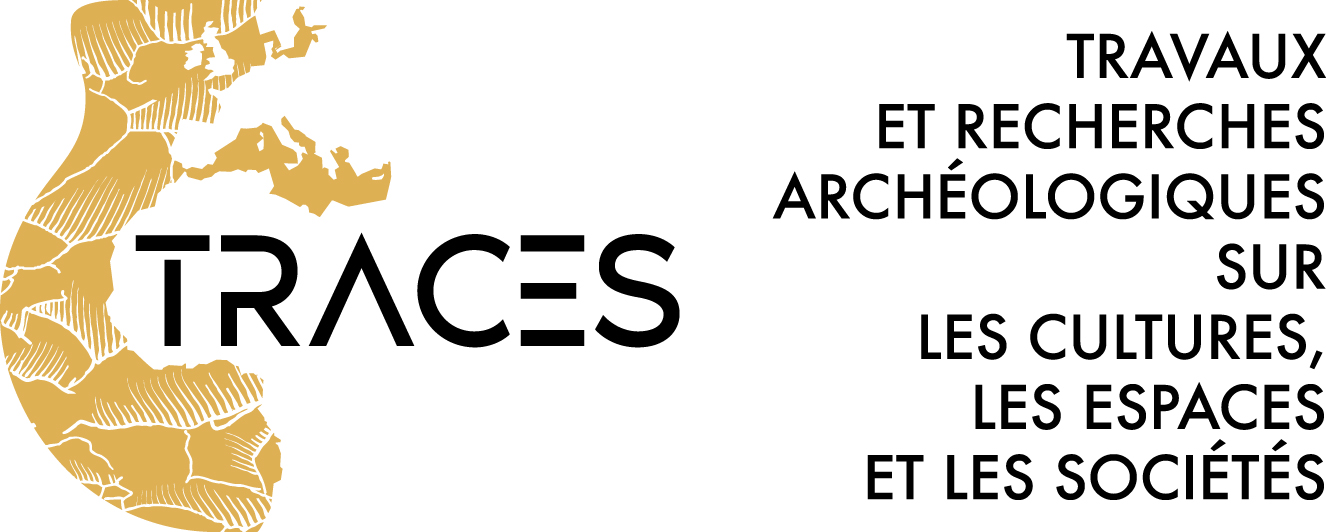-
Partager cette page
First cross dating (U/Th-14C) of calcite covering rock paintings in Africa

The case of the Lovo Massif, Democratic Republic of the Congo
Unlike the richly documented rock art of the Sahara or southern Africa, that of sub-Saharan Africa often remains poorly known. With 117 inventoried sites (including 20 decorated caves), the Lovo Massif contains one of the largest concentrations of rock sites in the entire region, representing more than 5700 images. Dating this rock art is a real challenge, and only a few direct dates of drawings made with charcoal have been obtained so far (Heimlich et al., 2013). In this paper, we present the first chronology for the red geometric paintings of the Lovo Massif. We used uranium-series and 14C on secondary carbonates deposited above a series of geometric paintings at the M'Bubulu rock art site, in order to propose a minimum age for these motifs. The cross-dating shows evidence of a close system behavior for these secondary carbonate layers, thereby validating the ages obtained. They can thus be used to constrain the chronology of the red geometric paintings, which were made before the seventeenth century. Thus, this art could be attributed to a specific Kongo ritual.






